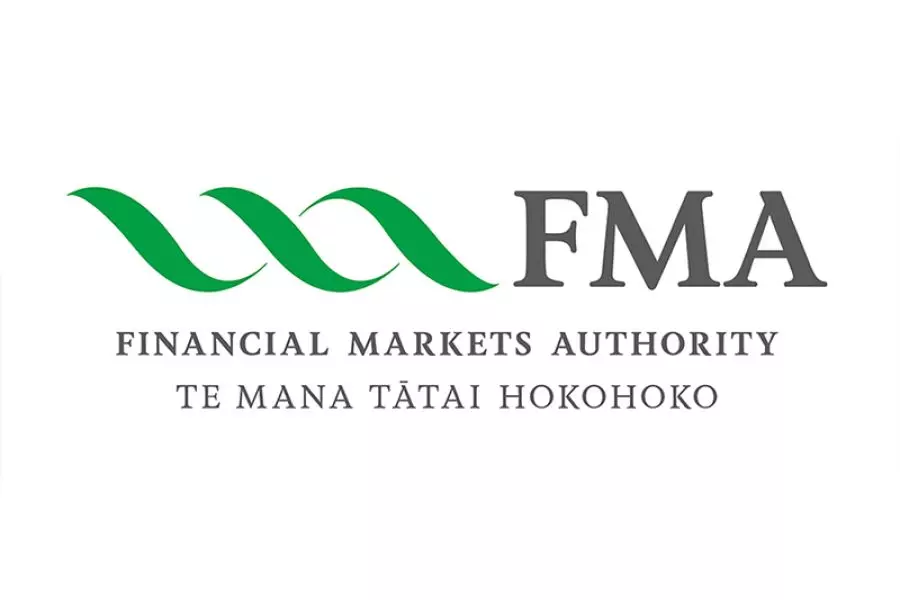News
Home values still nowhere near pre-pandemic levels

Friday 10th of March 2023
That's despite a 12.6% average drop in the last 12 months, and a 2.7% average decline this quarter.
QV national spokesman Simon Petersen says if residential property values continue to fall at their current rate, it could still take up to two years to hit their pre-pandemic level nationally. “That’s a pretty big ‘if’, with the market expected to stabilise bef...
Want to read the full article?
Click the button below to subscribe and will have unlimited access to full article and all other articles on the site.
2 min read









![[The Wrap] Bye Bye Bayly](https://goodreturns.publit.io/file/c_fill,w_900,h_600/39f23ac1-f7c7-4854-b700-a150004ebbac.webp)